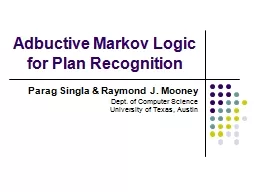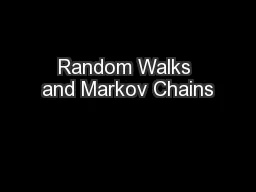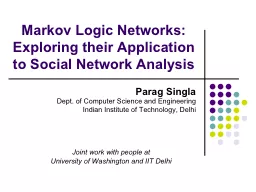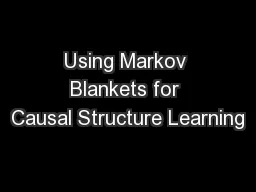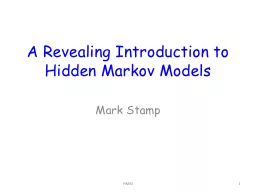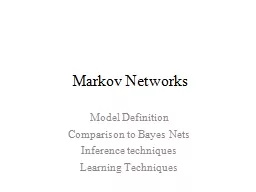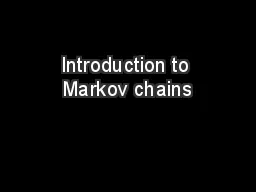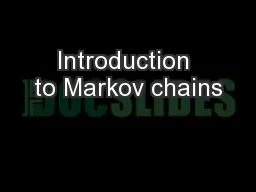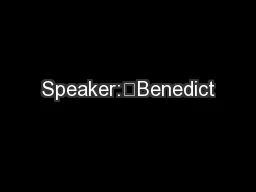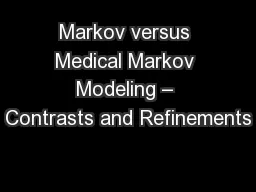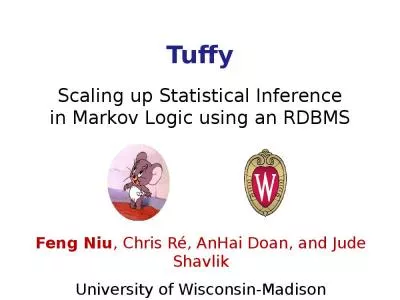PPT-Adbuctive Markov Logic for Plan Recognition
Author : tatyana-admore | Published Date : 2019-06-21
Parag Singla amp Raymond J Mooney Dept of Computer Science University of Texas Austin Motivation Blaylock amp Allen 2005 Road Blocked Road Blocked Heavy Snow
Presentation Embed Code
Download Presentation
Download Presentation The PPT/PDF document "Adbuctive Markov Logic for Plan Recogni..." is the property of its rightful owner. Permission is granted to download and print the materials on this website for personal, non-commercial use only, and to display it on your personal computer provided you do not modify the materials and that you retain all copyright notices contained in the materials. By downloading content from our website, you accept the terms of this agreement.
Adbuctive Markov Logic for Plan Recognition: Transcript
Download Rules Of Document
"Adbuctive Markov Logic for Plan Recognition"The content belongs to its owner. You may download and print it for personal use, without modification, and keep all copyright notices. By downloading, you agree to these terms.
Related Documents

